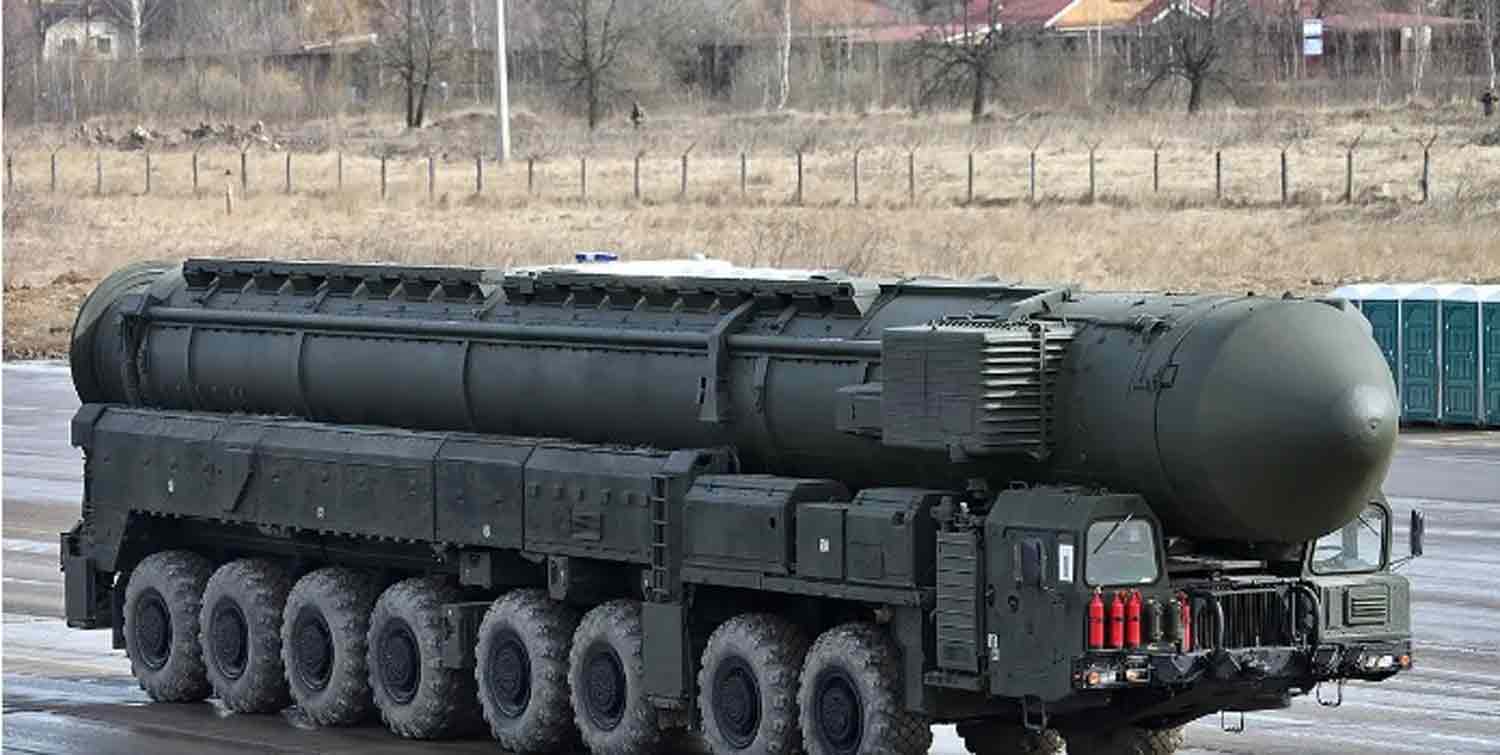A Russian intercontinental ballistic missile (ICBM) reportedly launched at the city of Dnipro on Thursday has been identified by Ukraine’s Ukrainska Pravda media outlet as an RS-26 Rubezh, according to unnamed sources.
However, defense experts express skepticism regarding the identification of the missile as the RS-26 Rubezh, noting that a precise evaluation based on the available imagery presents challenges.
Here are some key points regarding ballistic missiles, ICBMs, and the RS-26:
– A ballistic missile is a self-guided weapon propelled by rockets that descends toward its target under the influence of gravity.
– An ICBM is defined as a ballistic missile with a range exceeding 5,500 km (3,420 miles).
– The Centre for Strategic and International Studies (CSIS), a U.S. think tank, has indicated that while the RS-26 is categorized as an ICBM under the New START nuclear arms reduction treaty between the United States and Russia, it may also be classified as an intermediate-range ballistic missile when deployed with heavier payloads at distances less than 5,500 km.
RAPID FLIGHT
– Ballistic missiles, including intercontinental ballistic missiles (ICBMs), can be launched in a depressed trajectory, which keeps them within the atmosphere and prevents them from entering space. This mode of operation consumes more fuel and consequently limits their range.
– ICBMs travel at speeds exceeding several kilometers per second. A military source indicates that an ICBM launched from Russia would take approximately 40 minutes to reach a target in the United States. In contrast, the journey of over 700 km from the Russian region of Astrakhan to Dnipro, as reported by Ukraine’s air force regarding a recent launch, would be completed in under 10 minutes.
FIRST SUCCESSFUL TEST IN 2012
– While ICBMs are primarily designed to deliver nuclear warheads, they can technically accommodate any payload of equal or lesser weight with appropriate modifications. There was no indication that a nuclear warhead was involved in the recent launch.
– The RS-26, according to the U.S.-based Arms Control Association, has a maximum range of 5,800 km.
– The Center for Strategic and International Studies (CSIS) notes that the RS-26 was successfully tested for the first time in 2012. It is estimated to be 12 meters in length, weigh 36 tons, and have the capacity to carry an 800-kg (1,760-lb) nuclear warhead. Experts assert that it has never officially entered service.
Discover more from Defence Talks | Defense News Hub, Military Updates, Security Insights
Subscribe to get the latest posts sent to your email.





